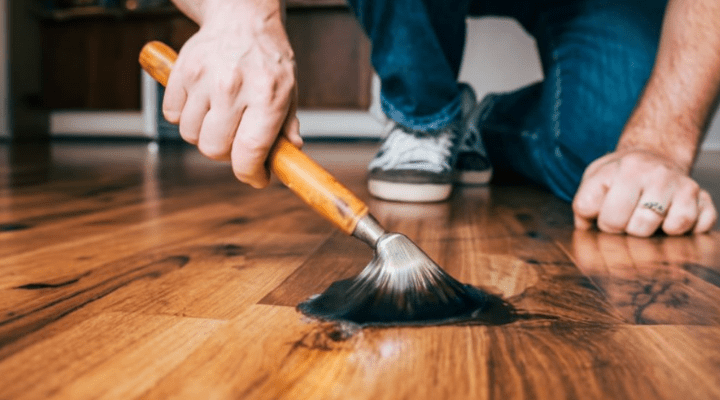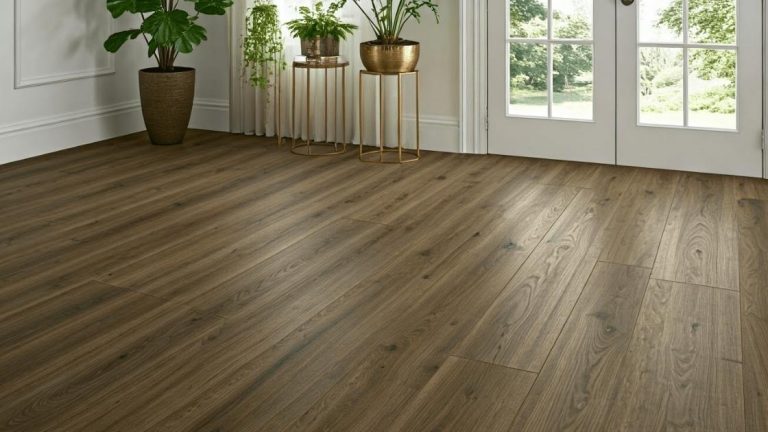Can Floor Tiles Be Used on Walls? Key Things You Need to Know
Can Floor Tiles Be Used on Walls? Key Things You Need to Know
When it comes to home renovation or remodeling, choosing the right materials for your project is crucial. One of the most common questions homeowners and designers often ask is whether floor tiles can be used on walls. The simple answer is yes, but there are several factors you need to consider before making the decision.
Floor tiles and wall tiles serve different purposes and are designed with varying properties to suit their specific functions. While using floor tiles on walls can create a unique, stylish look, there are some important considerations that will ensure the result is both functional and safe.
In this article, we will break down everything you need to know about using floor tiles on walls. We will explore the differences between floor tiles and wall tiles, when and why you might want to use floor tiles on walls, and the important installation factors to keep in mind. This guide will help you make an informed decision and ensure that your tiling project is a success.
Understanding the Differences Between Floor Tiles and Wall Tiles
Before diving into whether floor tiles can be used on walls, it’s important to understand the key differences between the two types of tiles. Floor tiles are designed to withstand the weight of foot traffic, furniture, and heavy loads, while wall tiles are generally lighter and thinner because they don’t need to endure the same stresses.
Durability and Strength:
Floor tiles are made to be thicker and more durable to handle foot traffic and other heavy weights. Wall tiles, on the other hand, are typically thinner and lighter. This is why most floor tiles have a higher durability rating compared to wall tiles. If you are planning to use floor tiles on your walls, you need to ensure they are not too heavy for the wall structure and that they will stay in place without risking damage to the wall.
Thickness and Weight:
Floor tiles tend to be thicker and heavier than wall tiles, which can pose challenges during installation. Thicker tiles require more adhesive to secure them to the wall, and they may require additional support during the installation process. Wall tiles, being thinner, are easier to work with and are designed to be applied vertically without the extra weight concerns.
Slip Resistance:
Floor tiles, especially those used in bathrooms and kitchens, often come with slip-resistant coatings. This feature is important because floor tiles need to provide traction to prevent accidents. Wall tiles don’t need slip resistance, as they are not subjected to foot traffic. If you use floor tiles with a slip-resistant surface on your walls, the texture may affect the overall look and feel of your wall.
Can Floor Tiles Be Used on Walls?
The short answer is yes, you can use floor tiles on walls. However, there are important factors to consider, and not all floor tiles are suitable for wall installation. It’s important to choose tiles that are light enough and designed for vertical surfaces. If the floor tiles are too heavy, they may not adhere properly to the wall, leading to possible failure or damage.
Consider the Weight of the Tiles:
One of the main concerns when using floor tiles on walls is the weight. Floor tiles are typically heavier, and this added weight can be a problem when applied vertically. Heavy tiles may pull away from the adhesive, especially if the wall surface isn’t strong enough to support the extra load. If you want to use floor tiles on walls, make sure they are not too heavy for the type of wall surface you have.
Tile Type Matters:
Not all floor tiles are created equal. Some types of floor tiles, like porcelain or ceramic tiles, may be appropriate for wall installation due to their lighter weight and smaller size. However, larger or thicker tiles may not be ideal for walls, as they may not stay in place or cause difficulty during installation.
Adhesion Issues:
Floor tiles often have a rough surface, which helps them stay in place on floors but may cause problems when applied to walls. To ensure that the tiles stay securely in place, you’ll need to use a strong adhesive that is appropriate for the weight and texture of the tiles. Additionally, the adhesive should be strong enough to hold the weight of the tile without allowing it to slide down the wall.
Advantages of Using Floor Tiles on Walls
Using floor tiles on walls can offer several design advantages, particularly if you want a seamless, modern look. Here are a few benefits of using floor tiles on walls:
1. Cohesive Design Across Different Surfaces:
If you love the look of your floor tiles, extending the same style to your walls can create a cohesive design that flows seamlessly throughout your space. For example, using large-format floor tiles on both your floors and walls can create a visually striking effect that makes a room feel larger and more open. This minimalist design trend has become increasingly popular in modern interiors.
2. Durability and Easy Maintenance:
Floor tiles are typically designed to be highly durable and resistant to wear and tear. By using them on your walls, you can take advantage of their sturdiness. This is especially useful in high-traffic areas like kitchens and bathrooms where the walls are frequently exposed to moisture, stains, and splashes. The durability of floor tiles makes them easy to maintain and clean, keeping your walls looking great for years.
3. Unique Aesthetic Appeal:
Using floor tiles on walls can help you achieve a bold, unique aesthetic. If you’re looking for something different from traditional wall tiles, this approach can add character and texture to your space. Whether you’re going for a rustic, industrial, or modern look, using floor tiles on walls can make a statement and help you create a standout design feature.
When Should You Avoid Using Floor Tiles on Walls?
While using floor tiles on walls can be a great design choice, there are instances where it might not be the best option. Here are some situations where you might want to reconsider using floor tiles on your walls:
1. Weight Concerns:
If the floor tiles are too heavy, they could cause problems with adhesion or lead to tiles falling off the wall. Make sure to assess the weight and choose floor tiles that are light enough to be safely installed on your walls.
2. Uneven Wall Surfaces:
If your wall surface is not smooth or flat, installing heavy floor tiles can be challenging. An uneven surface will make it difficult for the adhesive to bond properly, increasing the risk of tiles falling off over time. In such cases, it’s best to opt for tiles that are specifically designed for walls.
3. Incompatible Tile Type:
Some floor tiles are designed with a rough texture that helps with slip resistance but may not be suitable for wall applications. For example, outdoor floor tiles with a rough, gritty surface may not look appropriate or adhere well to interior walls. Choose tiles with a smoother texture for a more polished look on walls.
Installation Considerations for Using Floor Tiles on Walls
Installing floor tiles on walls requires special attention and preparation. Here are some important tips for ensuring a successful installation:
1. Choose the Right Adhesive:
Make sure to use an adhesive that is suitable for the weight and type of floor tile you’re using. Thin-set mortar is typically recommended for wall tile installation, but you may need a stronger version for heavier floor tiles. Consult with a professional or tile supplier to ensure you choose the right adhesive.
2. Prepare the Wall Surface:
Before installing floor tiles on your walls, ensure the wall surface is clean, smooth, and free from dust or grease. In some cases, you may need to apply a backer board or surface primer to create a stable foundation for the tiles. Proper wall preparation is crucial to ensure the tiles stay in place.
3. Use Proper Tools:
You will need specialized tools, such as a tile cutter or wet saw, to cut the tiles to the desired size. Be sure to use the right tools for the job to ensure a clean, precise cut. Additionally, you may need a tile leveling system to keep the tiles evenly spaced and prevent them from shifting.
4. Install Tiles in Small Sections:
Due to the weight of floor tiles, it’s best to install them in small sections rather than all at once. This allows you to focus on getting each tile perfectly aligned before moving on to the next. This method also ensures the adhesive has time to set properly.
Conclusion
In conclusion, the question “can floor tiles be used on walls?” is met with a resounding yes, but it comes with some important considerations. By understanding the differences between floor and wall tiles, evaluating the weight and adhesive needs of the floor tiles, and properly preparing your walls for installation, you can achieve stunning results with floor tiles on walls.
Whether you’re aiming for a minimalist, cohesive design or simply want to use durable and easy-to-maintain materials, using floor tiles on walls can create a beautiful and functional look. Just be sure to choose the right tiles for your space and consult with professionals to ensure the installation goes smoothly.






